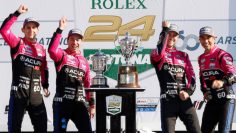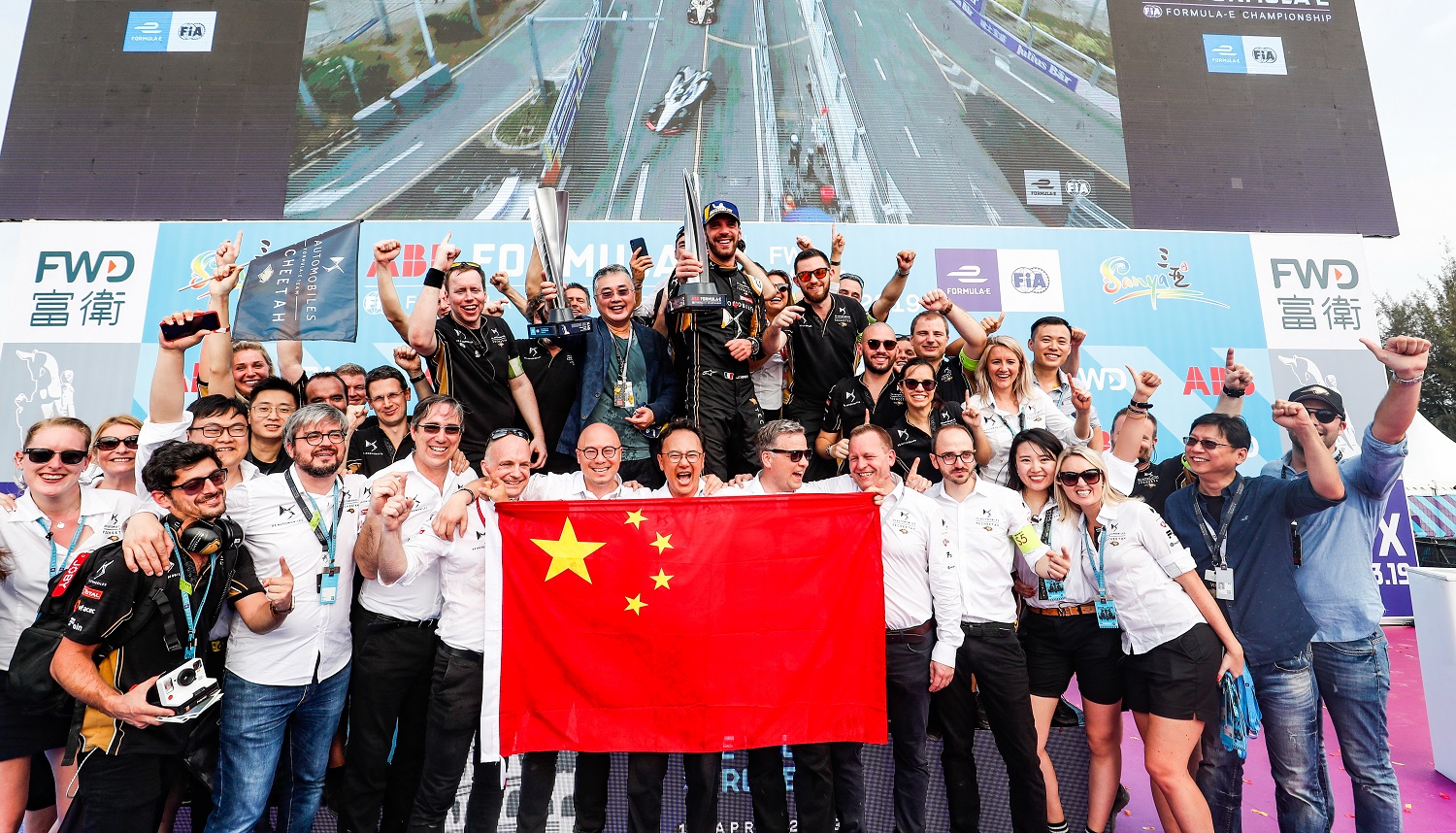
Why Formula E doesn’t have to avoid WEC Clashes
As we prepare for the launch of season six, the ABB Formula E grid is gradually building up with the familiar names. Champions Jean-Eric Vergne and Lucas di Grassi will return to DS Techeetah and Audi Sport respectively, while Brendon Hartley is the big summer signing for GEOX Dragon.
All three of these drivers though have had other commitments in racing and for all three this came in the form of the FIA World Endurance Championship. While di Grassi and Vergne are unlikely to return for the 2019-20 WEC season, for Hartley, he’s made it clear that WEC has come first.
“In the event of a clash between WEC and Formula E races, Brendon will give priority to his WEC commitments.” – Toyota Gazoo Racing Spokesperson to e-racing365
It’s not an unfamiliar position for the Formula E grid. Sebastien Buemi famously lost the Season 3 title after missing the 2017 New York ePrix to focus on his WEC commitments at the Nurburgring. To make it more bitter, the Swiss, who finished fourth in that race, would also lose the WEC title to the #2 Porsche, coincidently co-piloted by this seasons rookie; Hartley.
Unlike two years ago though, Formula E is facing multiple clashes. What had started out as three dates was eventually reduced to two as the 6 Hours of Spa was moved, though Formula E has made it very clear it has no intention of changing any of its dates, despite releasing its calendar after the Endurance series.
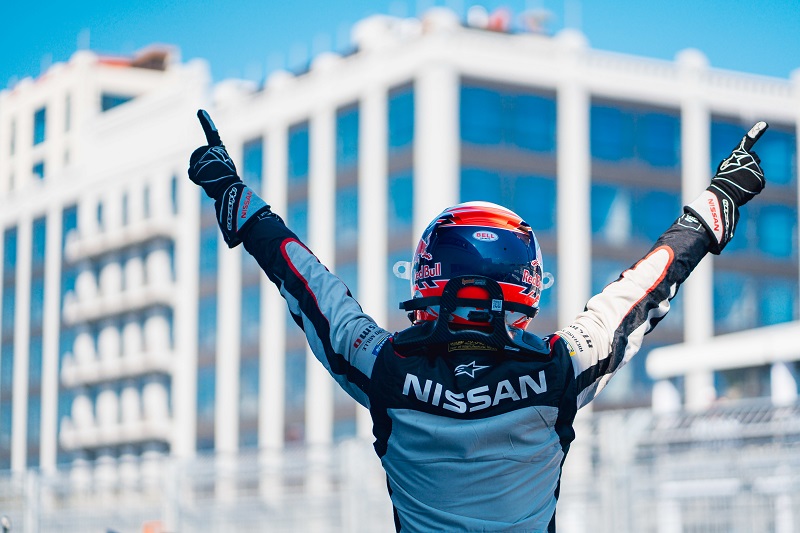
Of the remaining two clashes, both are To Be Decided rounds for FE. The first, on the 14th Decemeber, sees WEC visit Bahrain for their 8 Hour race, while the second is the famous 1000 miles of Sebring on the 20th March 2020. Formula E has made no announcement about the December date, with China the host in March, though no circuit has been confirmed.
“It depends on the race. For some of the races, Formula E is the priority and for some of the others, WEC is the priority. Of course, Le Mans, for example, I have priority with WEC. Not all [of the WEC season], because some races in the WEC need three drivers and some need only two.” – Buemi told Motorsport.com
Buemi is far from the only driver facing an issue when it comes to clashes between the two series. His Toyota Gazoo Racing teammate Jose Maria Lopez and Aston Martin’s Alex Lynn also face the dilemma, with both making it clear that WEC takes full priority.
But should it even be an issue for the series. Should either WEC or FE make the effort to split their calendars. After all, neither makes an effort to avoid other international FIA series, such as RallyCross and F1 or similar single-seater categories such as IndyCar or Super Formula.
Of course the major arguement is that generally, the drivers who compete in these series don’t overlap. It’s unlikely to ever see an active F1 driver in a Rally car. Yet, we saw a WEC calendar change for Fernando Alonso, to the detriment of those wishing to race at the Petit Le Mans last year. WEC has been more than accomidating and even in this situation made the first move by changing the 6 Hours of Spa date, so the omus should really be on FE to make the next step and while it’s unlikely a solution can be found for the Chinese race, the TBA round in December will almost certainly be scrapped or moved, especially as the months draw nearer and no round has been announced.
However, is Formula E now at a stage where it can start making it’s own calendar irrespective of rivals. After all, Formula 1 does not consulte (at length) with other series before announcing its calendar. F1 takes priority. Maybe FE should to.
[table id=26 /]
With the exception of Envision Virgin, every team this year will be a manufacturer, 11 of the 12 being funded directly by their powertrain provider. In comparison, WEC has four manufacturers over its four classes making up full season entries (six if you include the Ginetta/AER cars and Rebellion’s Gibson engine, who also solely power the LMP2 class). Whether it be down to increasing costs, manufacture confidence or another reason, all has not been well with the category and FE has chosen this as its chance to strike.
Drivers are being forced to pick a side and as the series expands, they have the momentum behind them. Of the WEC manufacturers, only Porsche will run in both series, with the German marque following Audi, BMW, Nissan and Mercedes in leaving behind the premier series. As it stands, Formula E is the most manufacture heavy championship of any FIA series.
Two years ago, of the eight drivers with dual commitments, six chose to race in (or in Lynn’s case, debut in) Formula E over the 6 Hours of Nurburgring. The two hold outs were Buemi and Lopez, both Toyota LMP1 drivers. The teams reserve driver; Stephane Sarrazin was one these that commited to FE, so perhaps Toyota’s insisting was more to do with lack of options, yet in 2019 once again it’s the Toyota drivers that have made it clear that WEC comes before FE
“My priority is Toyota, as a programme. I have a contract with Toyota for next year and all the races. My intention is to [also] continue in Formula E.” – Jose Maria Lopez
Lopez and Hartley have made it clear their intentions and Buemi would only drive FE in the shorter races, which neither Bahrain and Sebring are. The only other potential clasher to choose WEC is Lynn and that’s likely to do with the fact he’s currently not confirmed to return to the single-seater series.
“I’m in a different situation because I’m firmly in WEC and filling in at Formula E. That’s a conversation that will happen later on when it becomes relevant.” – Alex Lynn, Aston Martin.
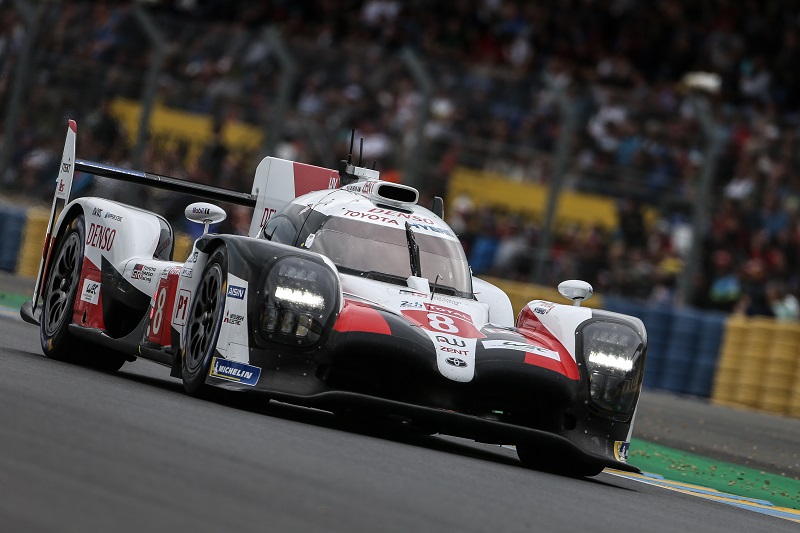
So while WEC themselves may not have the pulling power it once had, Toyota have made their position on drivers double duties quite obvious. As the only manufacturer in LMP1, Toyota have been almost guaranteed the title before the seasons starts, so drivers missing rounds would be unlikely to affect them in the points table, though for the Japanese company, the image of their drivers skipping a chance at easy victory in the top class to run a midfield car for their rival series would undoubtably look bad and would easily set a precedent.
Of the two remaining potential clashees, both Lotterer and Vandoorne have made their loyalties known to FE. Lotterer and new teammate Neel Jani have been some of the biggest voices in switching sides, with four Le Mans wins and two WEC titles between them, both spent years as some of the series poster-children, but admit that the lure of Formula E’s manufacturers have shifted their focus. Speaking in March, Jani said;
“After Le Mans, I stop. My focus switches to Formula E. I have to set my priorities. When a brand like Porsche gives you a chance to drive their cars, you have to give it full commitment. For me there was never a question.” – Neel Jani
Lotterer’s commitment is notable considering he’s yet to win an ePrix and has finished eighth in the championship as teammate Vergne won the title in both of his campaigns.
“This [the clashes] is quite a problem for some drivers. For me, not so much. I was going to focus on Formula E most likely anyway.” – Andre Lotterer.
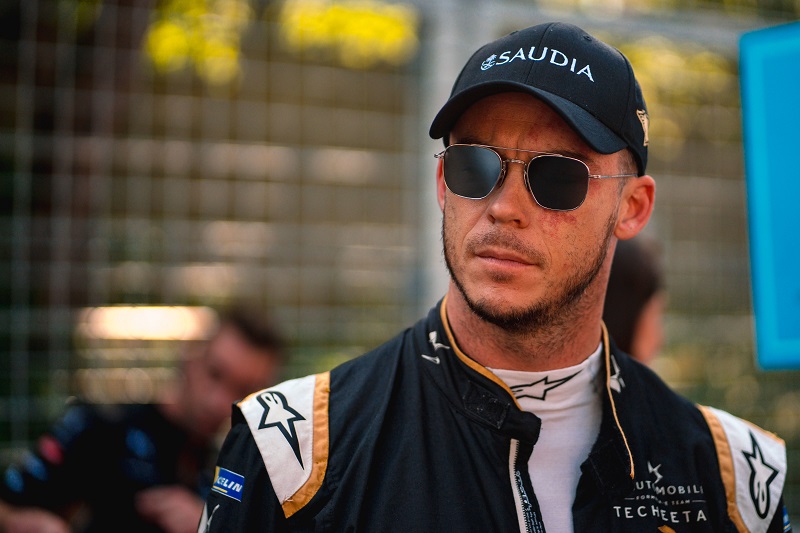
Ignoring Felix Rosenqvist, who was only brought in as a temporary replacement at Mahindra, half of last seasons field had driven in WEC at various points throughout the 2018-19 Super Season. Having twelve drivers with dual commitments will be a headache for any series, but outside of Formula 1 this has increasingly become the norm. The link between the Blancpain, IMSA and WEC calendars is obvious and over the past six years, FE has made it clear it’s not moving its dates to avoid the F1 weekends. WEC is just the latest series.
Costs have been an ever present issue for any motorsport series and inevitably driver salaries will always be called into question. While early adopters to the series were at least partly motivated by the electric-centric and green image the series was promoting, it’s not beyond comprehension that recent additions have seen better financial opportunities in Formula E, especially after e-Racing365 revealed that the top drivers are earning between €1 million (£913,000) and €1.6 million (£1.46 million) a year. And with eleven major manufacturer’s all looking for success in a competitive market, signing top drivers are vital.
This could go some way to explaining why Buemi, Lopez and Hartley remain loyal to Toyota in the face of a rising championship, their purchasing power may just be greater compared to the other WEC classes. It should be clarified that this is pure speculation, though even Audi Sport’s Dieter Gass admits signing drivers to a winter series is always difficult because of the two year clashing commitments.
“On one hand, there’s as well the risk that it will be more difficult for drivers to do two championships in parallel, because you cannot commit. You risk as well to potentially close doors in another championship because we have to commit very early to Formula E.” – Dieter Gass, Audi
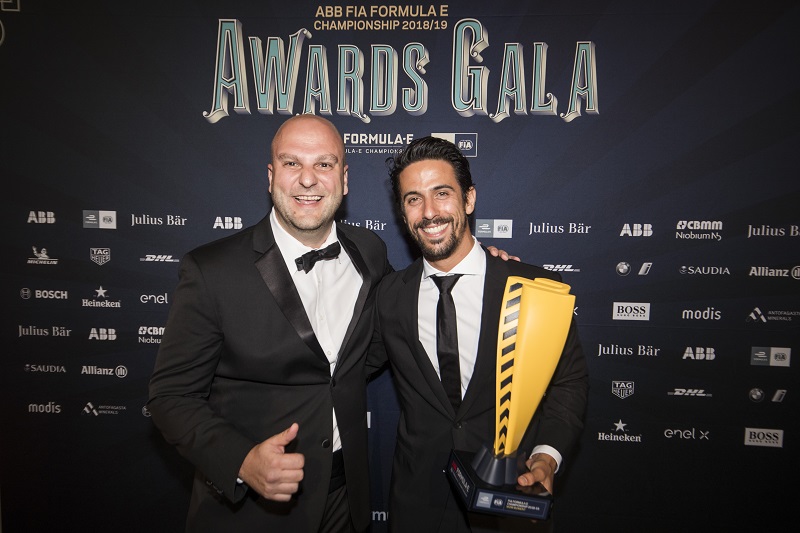
So purely pulling drivers from another winter championship alleviates this issue. The pay for these drivers would put them in line with IndyCar’s top stars, though some distance off Formula 1, where Verstappen and Ricciardo earn over £10 million, with Hamilton and Vettel over £40 million. Even when looking down the grid, Daniil Kvyat is the only non-rookie or returning driver earning less than £1 million.
The tide is clearly in Formula E’s direction and as the series looks to expand into its biggest season yet (12 countries with 14 ePrix’s) it undoubtably gives sponsors more eposure than WEC’s eight events.
In years gone, it has benefited Alejandro Agag to play fair with the ACO, though as Formula E looks to the future, it should not worry about the technology of the past.



![Private: [ID: 71rYi-xncgM] Youtube Automatic](https://motorradio-xijqc.projectbeta.co.uk/wp-content/uploads/2024/08/private-id-71ryi-xncgm-youtube-a-1-360x203.jpg)
![Private: [ID: 1SfHxvC8Doo] Youtube Automatic](https://motorradio-xijqc.projectbeta.co.uk/wp-content/uploads/2024/07/private-id-1sfhxvc8doo-youtube-a-1.jpg)
![Private: [ID: H6XRkf6kROQ] Youtube Automatic](https://motorradio-xijqc.projectbeta.co.uk/wp-content/uploads/2024/07/private-id-h6xrkf6kroq-youtube-a-1-360x203.jpg)
![Private: [ID: Kb6w-qAmKls] Youtube Automatic](https://motorradio-xijqc.projectbeta.co.uk/wp-content/uploads/2023/12/private-id-kb6w-qamkls-youtube-a-360x203.jpg)
![Private: [ID: CcpwYw20k3k] Youtube Automatic](https://motorradio-xijqc.projectbeta.co.uk/wp-content/uploads/2024/07/private-id-ccpwyw20k3k-youtube-a-360x203.jpg)

![[ID: x1SiRC5jhW4] Youtube Automatic](https://motorradio-xijqc.projectbeta.co.uk/wp-content/uploads/2022/04/id-x1sirc5jhw4-youtube-automatic-360x203.jpg)
![[ID: lMZ8lAeLubk] Youtube Automatic](https://motorradio-xijqc.projectbeta.co.uk/wp-content/uploads/2022/04/id-lmz8laelubk-youtube-automatic-360x203.jpg)
![[ID: GAYCcnqyFo4] Youtube Automatic](https://motorradio-xijqc.projectbeta.co.uk/wp-content/uploads/2022/04/id-gayccnqyfo4-youtube-automatic-360x203.jpg)
![[ID: Gg142H296QY] Youtube Automatic](https://motorradio-xijqc.projectbeta.co.uk/wp-content/uploads/2022/04/id-gg142h296qy-youtube-automatic-360x203.jpg)
![Private: [ID: PYDb727riQg] Youtube Automatic](https://motorradio-xijqc.projectbeta.co.uk/wp-content/uploads/2023/02/private-id-pydb727riqg-youtube-a-1-236x133.jpg)


